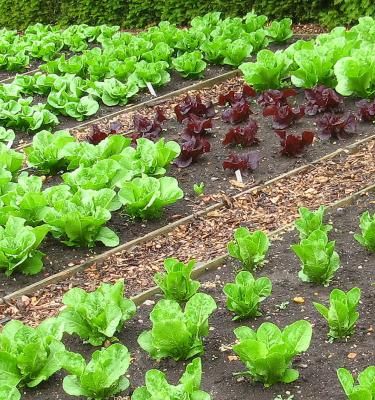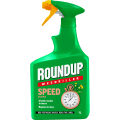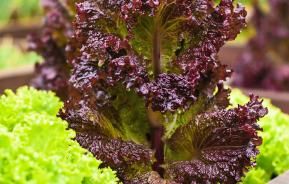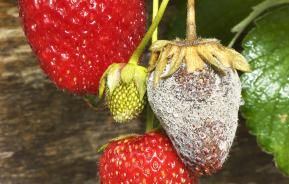One of the best ways to avoid vegetable pests, diseases and disorders is to rotate your crops to different plots each season - this method is called Crop Rotation.
Crop rotation works because the pests and diseases that attack certain types of vegetables often do not attack others. By moving the crop each year you stop soil-borne pests that are fairly specific to that crop attacking the next that you plant. For example; Club Root is a fungal disease that’s devastating for plants of the cabbage family, but for other vegetables it harmless. Avoid planting cabbages in the same place for consecutive years and the fungal spores will disappear before you plant cabbages in that area again.
Another benefit to pest and disease prevention, is making the most of your plant feeding and soil improving. Different groups of vegetables have specific nutrient requirements from the soil, so avoiding consecutive years with the same crop in one place prevents a drain on specific nutrients. For example; tomatoes and sweet corn are hungry crops that require organic rich, high nutrient soil, so avoid planting them in the same place year after year. These crops should be followed by less demanding crops such as carrots or parsnips.
It’s advisable that as soon as each plot has finished producing (usually in the Autumn) dig it over and fork in an organic rich soil improver. About 2 weeks before you’re about to replant, treat the soil to a fruit and vegetable feed to enrich the soil before the next crop.
Example of a simple 3-plot vegetable rotation
| Plot 1: Salad crops and pulses |
Plot 2: Brassicas (cabbage family) |
Plot 3: Root crops |
|---|---|---|
| Beans (broad/dwarf/runner), Courgette, Garlic, Leeks, Lettuce, Marrow, Onions, Peas, Spinach, Shallots, Sweetcorn, Swiss Chard, Tomatoes | Brussels Sprouts, Cauliflowers, Purple Sprouting, Summer/Autumn Cabbage, Winter Cabbage | Beetroot, Carrots, Parsnips, Potatoes, Radish, Turnips |








